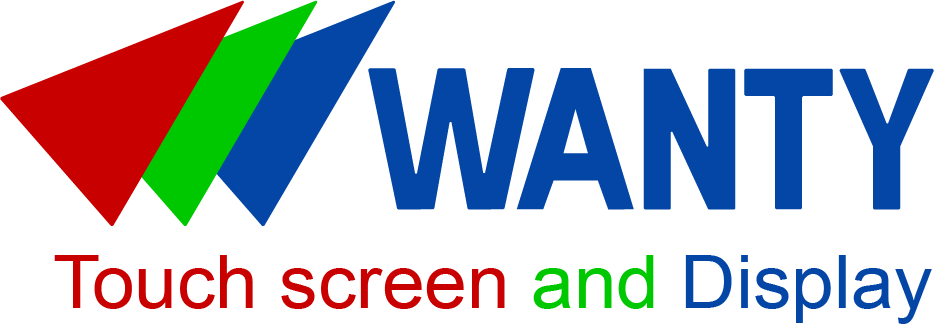Medical Device Touch Screen: Key Features and Uses in 2025 Healthcare
News
Jun-22-2025
Imagine a doctor tapping a screen to check a patient’s chart or a nurse adjusting a monitor in a busy hospital. That’s a medical device touch screen at work, making healthcare faster and more precise. These screens are vital in modern medicine, powering devices like patient monitors and surgical systems. In 2025, medical touchscreen displays are designed for infection control, high precision, and ease of use. Whether in operating rooms or clinics, healthcare touch screens improve patient care. This guide explores medical grade capacitive touchscreens, their features, and why they’re essential. Let’s dive into how touch panels for medical devices are transforming healthcare with simple, practical insights!
Why Touch Screens Matter in Medical Devices
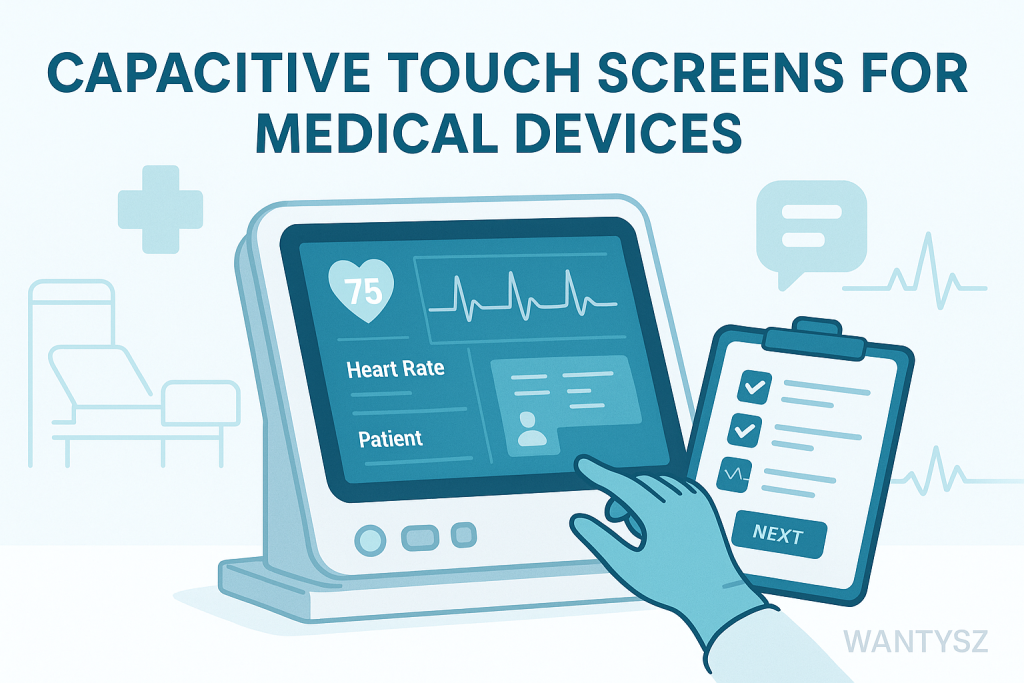
Medical device touch screens are a cornerstone of modern healthcare. They let doctors and nurses interact with equipment quickly, from viewing scans to adjusting settings. A healthcare touch screen needs to be precise, durable, and easy to clean to meet hospital demands. For example, a surgeon might use a medical touchscreen display to control a robotic arm during surgery. In 2025, these screens improve efficiency, reduce errors, and enhance patient safety. Their multi-touch in healthcare capabilities make complex tasks simpler, saving time in critical moments. Understanding their role helps you appreciate why medical grade capacitive touchscreens are so vital in clinics, hospitals, and beyond.
What Makes a Touch Screen Suitable for Medical Devices?
A medical device touch screen must meet strict standards to work in healthcare:
- Sterilizable: Easy to disinfect to prevent infection control issues.
- Glove-Friendly: Works with surgical gloves for glove-friendly touchscreen use.
- High Precision: Accurate inputs for critical tasks like adjusting medication doses.
- Durable: Resists scratches and impacts in busy hospital settings.
- Clear Display: High clarity displays for readable data, even in bright operating rooms.
For instance, a patient monitor screen must stay responsive when a nurse wearing gloves taps it. These features ensure touch panels for medical devices are safe and reliable.
Capacitive Touch Technology in Medical Applications
Most medical touchscreen displays use capacitive touch technology. These screens detect touches through an electrical field on a glass surface, offering high precision and multi-touch capabilities. Unlike resistive screens, which need pressure, capacitive screens respond to light touches, ideal for fast-paced healthcare. Projected capacitive (PCAP) screens, common in healthcare touch screens, can work with gloves or through protective barriers. For example, a surgical monitor uses PCAP for precise inputs during operations. Capacitive technology ensures touch sensitivity and clarity, making it perfect for medical grade capacitive touchscreens. Learn how it works at How capacitive touch screens work.
Medical Grade Capacitive Touchscreens: Essential Requirements
When it comes to medical devices, the touchscreen isn’t just a display—it’s a vital tool that healthcare professionals rely on for precision and safety. Medical grade capacitive touchscreens must meet stringent requirements to ensure they perform flawlessly in clinical environments. Here are the key features that distinguish medical-grade touch panels:
Hygiene: Sterilizable and Safe for Disinfection
Medical touchscreens need to be easy to sterilize and resistant to harsh cleaning agents, including alcohol-based disinfectants commonly used in hospitals. Screens with alcohol-safe coatings prevent surface degradation, allowing frequent wiping without damage. The design should minimize crevices and seams where bacteria or viruses could accumulate, supporting infection control protocols.
Accuracy: High Precision for Critical Inputs
In medical settings, every touch counts. Whether it’s adjusting an IV drip rate or navigating patient records, the touchscreen must deliver high accuracy and fast response. Medical-grade capacitive panels are finely tuned to detect subtle touches, eliminating input errors that could jeopardize patient care.
Durability: Built to Withstand Heavy Use
Healthcare devices often endure heavy, repeated use and occasional impacts. Medical grade touchscreens feature rugged construction, reinforced glass, and scratch-resistant surfaces to withstand drops, bumps, and constant handling without loss of functionality.
Compatibility: Glove and Stylus Friendly
Healthcare workers frequently wear gloves, which can interfere with some touch technologies. Medical touchscreens are engineered for glove compatibility, allowing seamless use without sacrificing responsiveness. Many also support stylus input for precise data entry or drawing annotations.
Regulatory Compliance: Meeting Strict Industry Standards
Medical devices are subject to rigorous regulatory oversight. Medical touchscreens must comply with standards such as FDA regulations and ISO 13485, which govern device quality, safety, and manufacturing processes. Certification ensures the touchscreen can be trusted in critical healthcare applications.
Visibility: Clear and Readable Displays in Any Lighting
Hospitals and clinics often have varied lighting conditions, from bright operating rooms to dim patient wards. Medical touchscreens provide high brightness, anti-glare coatings, and excellent contrast to ensure clear visibility at all times, reducing eye strain and enabling accurate reading of vital information.
Real-World Example: Diagnostic Tool Screens
Consider a diagnostic device used for blood analysis. The touchscreen interface must be precise enough to input exact parameters, durable enough to survive daily use, and easy to clean between patients to maintain hygiene. Medical grade capacitive touchscreens fulfill these requirements, making the device safer and more efficient for healthcare professionals.
Sterilization and Infection Control Features
Infection control is critical in hospitals, and medical device touch screens are designed for it:
- Alcohol-Safe Coatings: Withstand frequent cleaning with disinfectants.
- Sealed Edges: Prevent dirt or germs from collecting in crevices.
- Smooth Glass Surface: Easy to wipe down, reducing bacterial buildup.
For instance, a sterilizable screen on a patient monitor can be cleaned multiple times daily without damage. These features support infection control, keeping hospitals safe. The glass surface of healthcare touch screens is both durable and hygienic, making it ideal for sterile environments like operating rooms or ICUs.
Glove and Stylus Compatibility in Medical Environments
Glove-friendly touchscreens are a must in healthcare. Projected capacitive (PCAP) screens can be tuned to work with surgical gloves or even through protective barriers, ensuring usability in sterile settings. Stylus support adds precision for tasks like annotating charts. For example, a surgeon might use a stylus on a medical touchscreen display to mark a scan during surgery. These features make multi-touch in healthcare versatile, allowing seamless interaction without compromising hygiene. Touch panels for medical devices with glove support ensure doctors and nurses can work efficiently, even in high-pressure environments.
High Precision and Responsiveness for Medical Use
High precision is non-negotiable for medical device touch screens. Doctors rely on accurate inputs to adjust settings or view data, like zooming in on an X-ray. Capacitive screens offer touch sensitivity, responding instantly to light touches. For example, a nurse might tap a healthcare touch screen to update a patient’s medication dose without delay. Multi-touch allows complex gestures, like rotating images for better analysis. The rugged medical interface ensures responsiveness even after thousands of taps, critical for busy hospitals where every second counts.
Durability and Ruggedness in Hospital Settings
Hospitals are tough on equipment, so medical touchscreen displays need durability:
- Scratch-Resistant Glass: Withstands constant tapping or cleaning.
- Impact Resistance: Survives drops or bumps in busy wards.
- Chemical Resistance: Holds up against disinfectants and spills.
- Long Lifespan: Maintains touch sensitivity after years of use.
For example, a rugged medical interface on a bedside monitor resists damage from frequent cleaning or accidental drops. The glass surface ensures screen durability, making medical grade capacitive touchscreens reliable in demanding healthcare environments.
Compliance and Regulatory Standards
Medical device touch screens must meet strict regulations:
- FDA Compliance: Ensures safety and effectiveness for U.S. markets.
- ISO 13485: Quality management standard for medical devices.
- IEC 60601-1: Electrical safety for medical equipment.
- RoHS: Eco-friendly, non-hazardous materials.
For instance, a surgical display must pass FDA compliance to be used in U.S. hospitals. These standards guarantee touch panels for medical devices are safe, reliable, and high-quality. Suppliers like Elo or Touch International provide certified healthcare touch screens for compliance.
Integration with Medical Equipment and Software
Medical touchscreen displays must integrate seamlessly with equipment and software:
- Interface Options: USB, I2C, or UART for device compatibility.
- Software Support: Works with medical systems like EHR or imaging software.
- Mounting Flexibility: VESA mounts or custom enclosures for monitors.
- Real-Time Data: Displays live data like heart rates or scans accurately.
For example, a medical grade capacitive touchscreen on a ventilator syncs with software to show real-time patient stats. Integration ensures high precision and ease of use, enhancing multi-touch in healthcare for efficient workflows.
Common Medical Devices Using Capacitive Touch Screens
Capacitive touch screen use cases in healthcare include:
- Patient Monitors: Display vital signs like heart rate or oxygen levels.
- Surgical Displays: Guide procedures with real-time imaging.
- Diagnostic Tools: Show X-rays or ultrasound results with multi-touch.
- Infusion Pumps: Adjust medication doses with high precision.
- Medical Carts: Mobile screens for charting or consultations.
For example, a healthcare touch screen on a patient monitor lets nurses tap to update records. These devices rely on sterilizable screens and glove-friendly touchscreens. See more at Capacitive touch screen use cases.
Advantages of Capacitive Touch Screens in Healthcare
Medical grade capacitive touchscreens offer key benefits:
- High Precision: Accurate inputs for critical tasks like dosing.
- Multi-Touch: Supports gestures like zooming for image analysis.
- Clear Displays: Bright, vivid visuals for readable data.
- Durability: Resists wear in busy hospital settings.
- Hygiene: Easy-to-clean glass surface for infection control.
For instance, a healthcare touch screen on a surgical monitor allows zooming with gloves on. These advantages of capacitive touch screens improve patient care. Learn more at Advantages of capacitive touch screens.
Customization for Specific Medical Needs
Custom medical device touch screens meet unique requirements:
- Size/Shape: E.g., 12-inch curved screens for surgical consoles.
- Glove Support: PCAP tuned for surgical gloves.
- Coatings: Anti-glare or sterilizable for operating rooms.
- Controller IC: Optimized for high precision inputs.
For example, a custom touch panel for medical devices might be glove-compatible for ICU monitors. Customization ensures perfect fit and performance. Explore Capacitive touch custom screen for tailored solutions.
Challenges in Medical Touch Screen Design
Designing medical touchscreen displays faces hurdles:
- Hygiene: Ensuring sterilizable screens without degrading touch sensitivity.
- Glove Compatibility: Balancing glove-friendly touchscreen with precision.
- Regulations: Meeting FDA compliance and ISO standards adds complexity.
- Durability: Withstanding constant cleaning and heavy use.
- Cost: High-quality features increase capacitive touchscreen costs.
For instance, a rugged medical interface must resist alcohol wipes without losing clarity. Advances like PCAP and durable coatings address these challenges, ensuring reliable healthcare touch screens.
Future Trends: AI and Touch Screens in Medical Devices
In 2025, medical device touch screens are evolving with trends:
- AI Integration: AI predicts inputs or analyzes data on multi-touch screens.
- Gesture Control: Touchless gestures for infection control in sterile areas.
- Flexible Screens: Curved or foldable for wearable medical devices.
- Haptic Feedback: Tactile responses for precise inputs.
- Remote Access: Cloud-connected screens for telemedicine.
For example, an AI-powered healthcare touch screen might suggest treatment options on a diagnostic tool. These trends enhance high precision and user experience in touch panels for medical devices.
Case Studies: Successful Medical Device Touch Screen Implementations
- Elo: Supplied 2,000 glove-friendly touchscreens for ICU monitors, meeting ISO 13485 standards.
- Touch International: Delivered custom 15-inch sterilizable screens for surgical consoles with high precision.
- Zytronic: Provided 500 glove-compatible PCAP screens for mobile medical carts, ensuring infection control.
- Faytech: Supplied 1,000 affordable healthcare touch screens for patient bedside monitors.
These capacitive touch screen use cases show how medical grade capacitive touchscreens improve care. Suppliers prioritized FDA compliance and rugged medical interfaces for success.
Selecting a Reliable Medical Touch Screen Manufacturer
Choosing a capacitive touch screen manufacturer for medical screens requires:
- Certifications: ISO 13485, FDA, and RoHS compliance.
- Experience: Proven track record in medical interfaces.
- Customization: Ability to tailor glove support or cover lens type.
- Support: 24/7 technical help and warranties (1–3 years).
Suppliers like Elo, Zytronic, or Touch International specialize in healthcare touch screens. A reliable manufacturer ensures high precision and infection control for your project.
Cost Considerations for Medical Touch Screens
Medical touchscreen display costs range from $100–$2,000:
- Size: Larger screens (15–21 inches) cost more than small ones (7 inches).
- Features: Glove support, waterproof, or optical bonding add $50–$500.
- Certifications: FDA compliance or ISO 13485 increases unit prices.
- MOQ: Lower MOQs raise costs; bulk orders save.
For example, a 15-inch glove-friendly touchscreen with ISO 13485 might cost $500 per unit. Budget for lead times and sample pricing ($50–$500) to test touch sensitivity.
Maintenance and Cleaning Best Practices
Maintaining medical device touch screens ensures longevity:
- Use Microfiber Cloths: Wipe gently for streak-free cleaning.
- Screen-Safe Cleaners: Alcohol-based disinfectants for sterilizable screens.
- Avoid Abrasives: No rough materials to prevent scratches.
- Clean Regularly: Daily in high-traffic areas for infection control.
- Power Off: Clean when off to avoid accidental inputs.
For example, a healthcare touch screen on a patient monitor needs daily wiping with a screen-safe cleaner. These practices keep rugged medical interfaces hygienic and functional.
Conclusion: Why Capacitive Touch Screens Are Essential in Medical Technology
In 2025, medical device touch screens are vital for healthcare, powering devices from patient monitors to surgical systems. Medical grade capacitive touchscreens offer high precision, glove-friendly touchscreens, and sterilizable screens for infection control. With FDA compliance and rugged medical interfaces, they ensure safety and reliability in hospitals. Multi-touch in healthcare simplifies complex tasks, while custom options meet unique needs, like glove-compatible ICU displays. From touch panels for medical devices to AI-integrated screens, healthcare touch screens are transforming patient care. Choose a trusted supplier for high clarity displays and durability. Ready to source your medical touchscreen display?
Related Topics
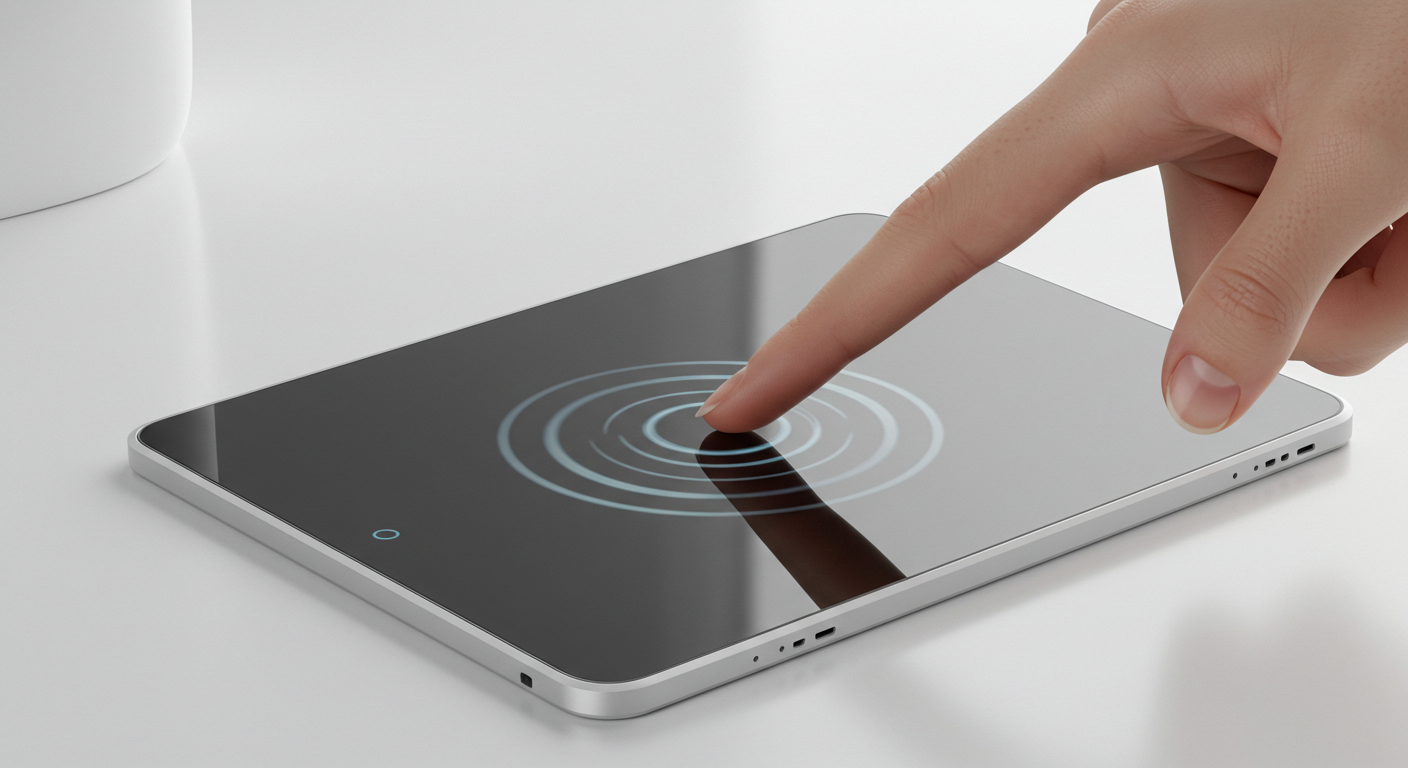
Capacitive Touch Integrated Touchscreen: 2025 Technology
Aug-25-2025
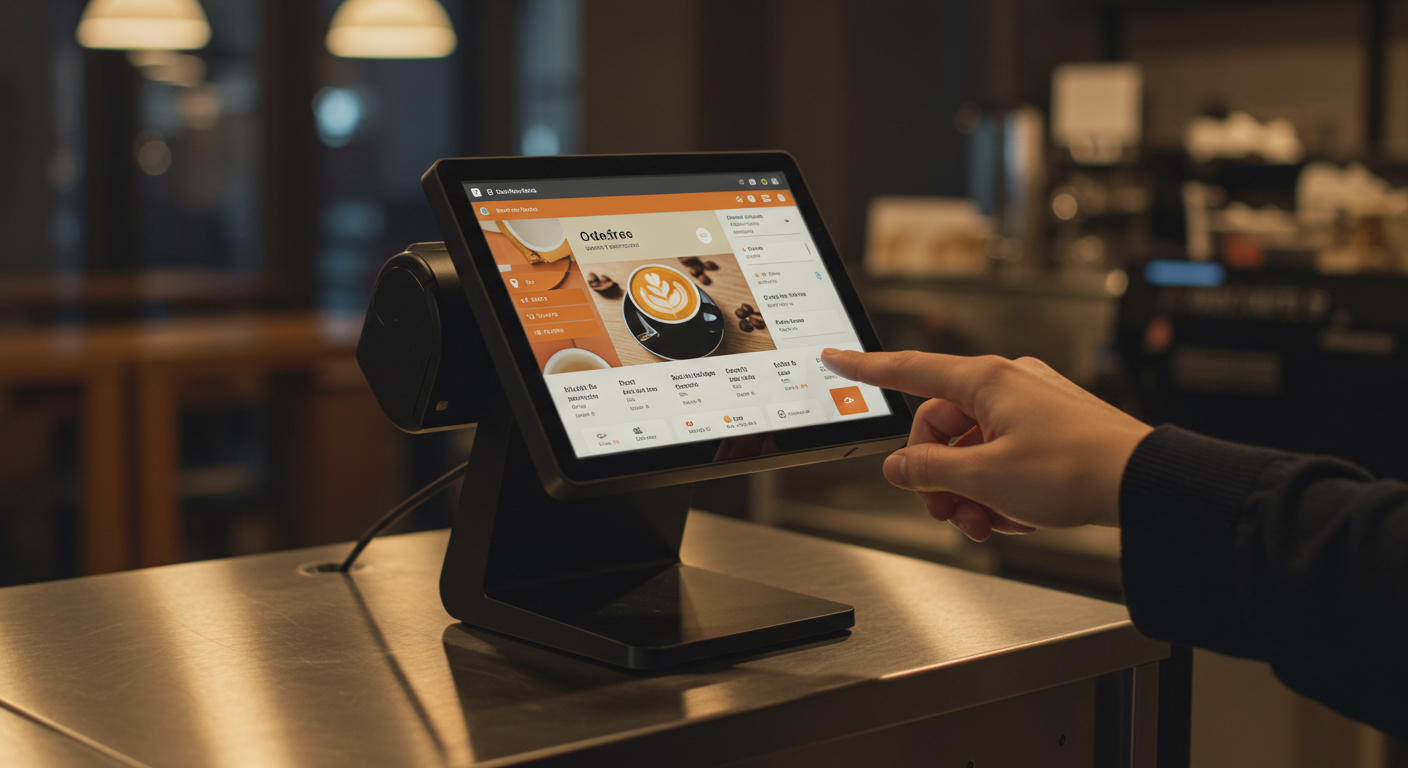
Capacitive Touch Screen POS Terminal – Next-Gen Solutions
Aug-25-2025

Capacitive Touch HMI Interface | Durable & Ergonomic Control
Aug-24-2025
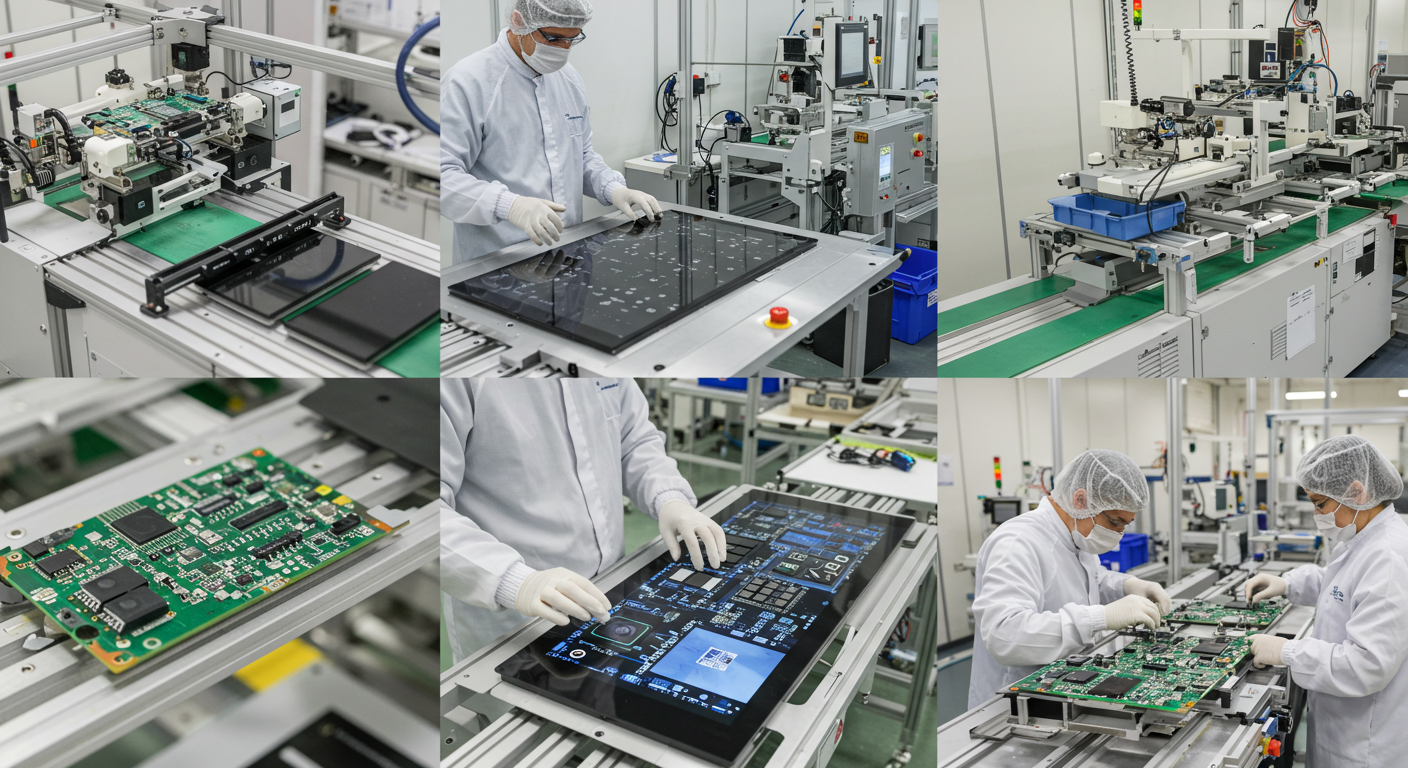
Capacitive Panel OEM Manufacturers – Custom Touchscreen Solutions
Aug-24-2025
Get a Free Quote
✔ 16 Years Manufacture Service ★★★★★
✔ 3 Technical Experts And 52+ Project Engineers Will Assiste You
✔ Wanty Employs Over 52 Engineers, Many Of Whom Come From Leading Tft Lcd Module Companies Such As Tianma And Boe-Varitronix. Each Core Team Member Brings 15 Years Of Industry Experience.
✔ If you would like more information about our products and services, please contact us. Whether you need a standard solution or a customized one, we are here to meet your needs.
✔ Please complete the form below, and the selected location will contact you promptly. Thank you for visiting, and have a great day!
